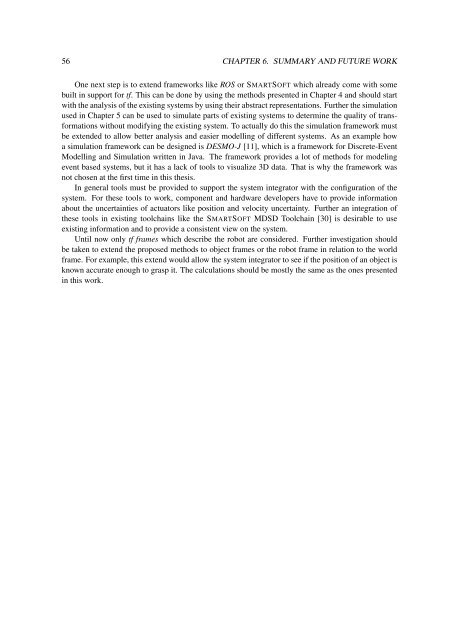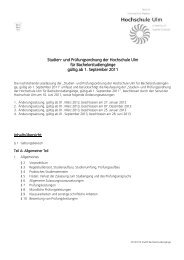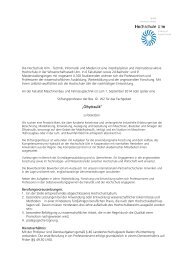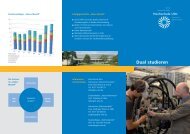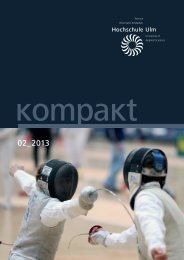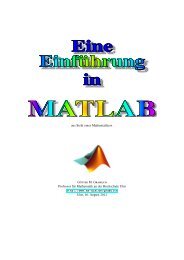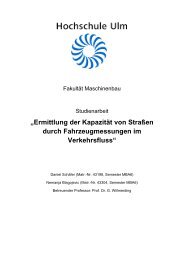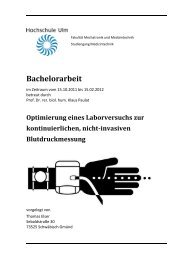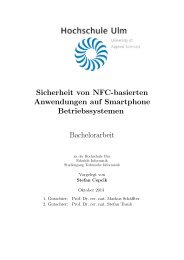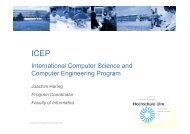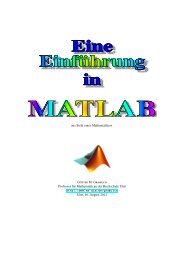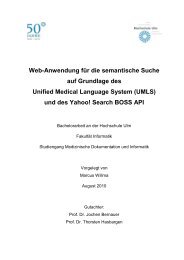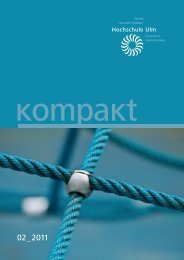PDF 1.938kB
PDF 1.938kB
PDF 1.938kB
Create successful ePaper yourself
Turn your PDF publications into a flip-book with our unique Google optimized e-Paper software.
56 CHAPTER 6. SUMMARY AND FUTURE WORK<br />
One next step is to extend frameworks like ROS or SMARTSOFT which already come with some<br />
built in support for tf. This can be done by using the methods presented in Chapter 4 and should start<br />
with the analysis of the existing systems by using their abstract representations. Further the simulation<br />
used in Chapter 5 can be used to simulate parts of existing systems to determine the quality of transformations<br />
without modifying the existing system. To actually do this the simulation framework must<br />
be extended to allow better analysis and easier modelling of different systems. As an example how<br />
a simulation framework can be designed is DESMO-J [11], which is a framework for Discrete-Event<br />
Modelling and Simulation written in Java. The framework provides a lot of methods for modeling<br />
event based systems, but it has a lack of tools to visualize 3D data. That is why the framework was<br />
not chosen at the first time in this thesis.<br />
In general tools must be provided to support the system integrator with the configuration of the<br />
system. For these tools to work, component and hardware developers have to provide information<br />
about the uncertainties of actuators like position and velocity uncertainty. Further an integration of<br />
these tools in existing toolchains like the SMARTSOFT MDSD Toolchain [30] is desirable to use<br />
existing information and to provide a consistent view on the system.<br />
Until now only tf frames which describe the robot are considered. Further investigation should<br />
be taken to extend the proposed methods to object frames or the robot frame in relation to the world<br />
frame. For example, this extend would allow the system integrator to see if the position of an object is<br />
known accurate enough to grasp it. The calculations should be mostly the same as the ones presented<br />
in this work.


